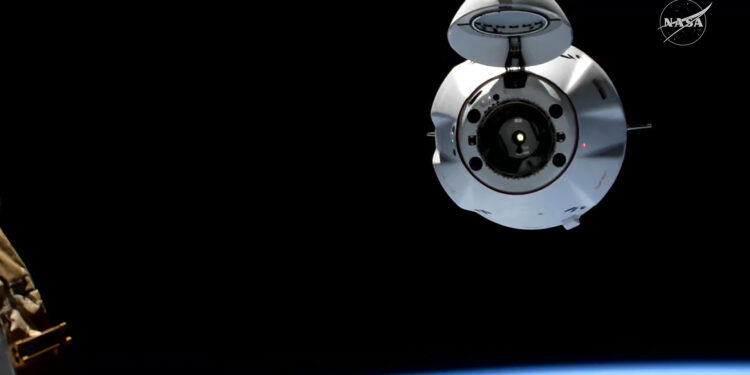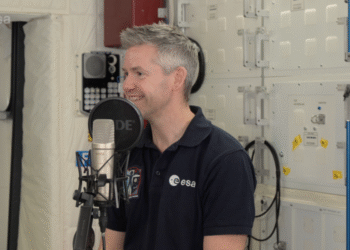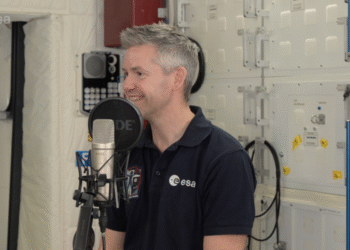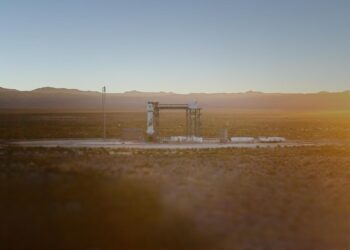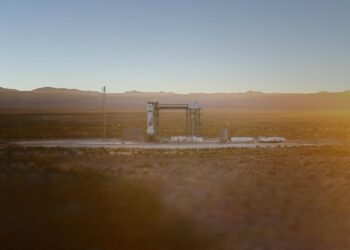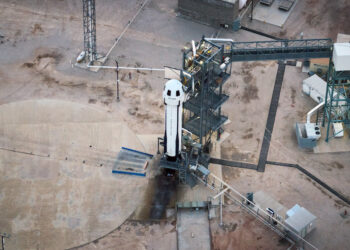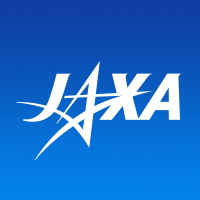SpaceX’s Dragon cargo spacecraft arrived at the International Space Station (ISS) on SpaceX’s CRS-33 mission, docking autonomously to the forward port of the Harmony module at 7:05 a.m. EDT. The uncrewed vehicle delivered more than 5,000 pounds of scientific investigations, crew supplies, and hardware to support ongoing research and station operations.
Mission Snapshot
- Docking: 7:05 a.m. EDT to the Harmony forward port
- Launch: 2:45 a.m. EDT on Aug. 24 from Space Launch Complex 40, Cape Canaveral Space Force Station, Florida
- Launch Vehicle: SpaceX Falcon 9
- Cargo: Over 5,000 pounds of research, crew provisions, and station maintenance equipment
- Program: NASA Commercial Resupply Services (CRS-33)
Why It Matters
The delivery supports a broad portfolio of experiments that leverage the microgravity environment to advance biological and physical sciences, technology demonstrations, and Earth and space observations. Findings from station research inform future exploration architectures, including NASA’s Artemis efforts at the Moon and preparation for eventual crewed missions to Mars, while also providing applications that benefit life on Earth.
Operations and Next Steps
Following standard post-docking procedures, station crew members will open hatches, conduct containment checks, and begin staged unloading of time-sensitive payloads. Over the coming days, teams will prioritize installation of critical experiments and distribute cargo according to the ISS research timeline and maintenance requirements.
What Dragon Delivered
NASA’s manifest for this mission includes a mix of science payloads, technology testbeds, and essential consumables. While specific investigations vary by increment, typical cargo on CRS flights includes:
- Biological and physical sciences experiments designed for microgravity
- Technology demonstrations to mature systems for deep space missions
- Environmental monitoring and station upkeep hardware
- Food, crew health supplies, and logistics for daily operations
Context
Commercial cargo missions are a cornerstone of the ISS program’s logistics strategy, providing routine, flexible access to orbit. Dragon’s capability to deliver pressurized cargo directly to the station’s laboratory enables rapid deployment of time-critical research and reliable return opportunities for samples and hardware when the spacecraft departs.
SpaceX CRS-33 continues a cadence of resupply flights that sustain the station’s role as a testbed for long-duration human spaceflight and a platform for international science collaboration in low Earth orbit.
Source: NASA blog update


